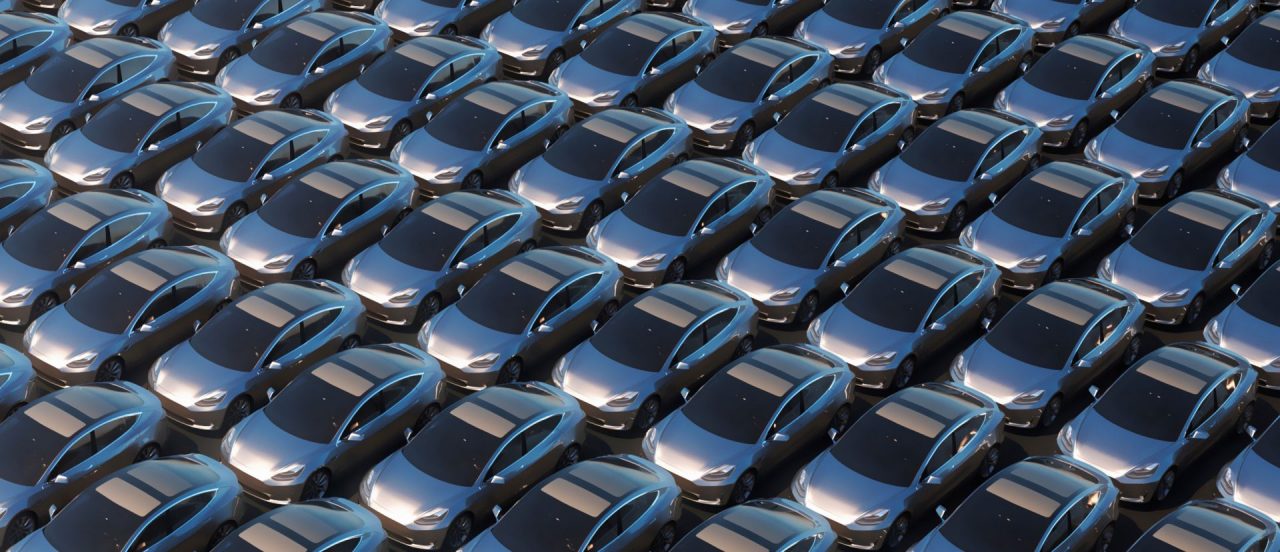By Jet Deng & Ken Dai
The automobile sector has long been a focal point of both public and private antitrust enforcement in China. As one of the largest expenditures for ordinary families in China, anticompetitive practices in this industry can seriously damage consumers welfare. In 2019, Chinese enforcers sanctioned two RPM practices in the automobile industry, among others. This article will provide an update on these cases, and recap past representative cases. Stakeholders will face significant changes as from 2020, including China’s further opening-up to foreign investors in the automobile industry, more opportunities in electric vehicles, and more stringent antitrust enforcement, due to the upcoming antitrust guidelines for the industry, and the amendment of the AML.
By Jet Deng & Ken Dai1
I. INTRODUCTION
The automobile sector has always been a focal point of both public and private antitrust enforcement in China since the country’s Anti-Monopoly Law (“AML”) came into force in 2008. As one of the largest items of expenditure for ordinary families in China, automobiles can have substantial impact on resource allocation between different products and services. Thus, artificially high prices (or low-quality automobiles and after-sales services) can do significant harm to consumer welfare. In 2019, antitrust enforcement in the Chinese automobile industry penalized two RPM practices, among other things. This art
...THIS ARTICLE IS NOT AVAILABLE FOR IP ADDRESS 216.73.216.89
Please verify email or join us
to access premium content!

